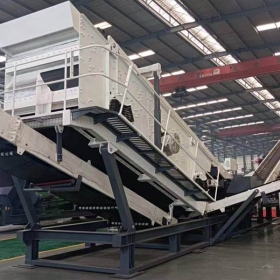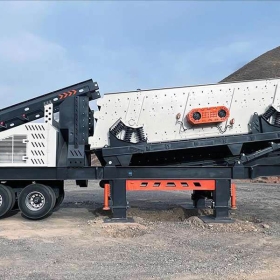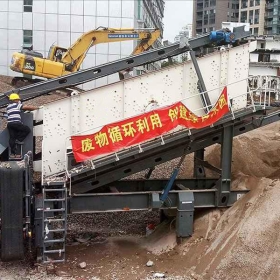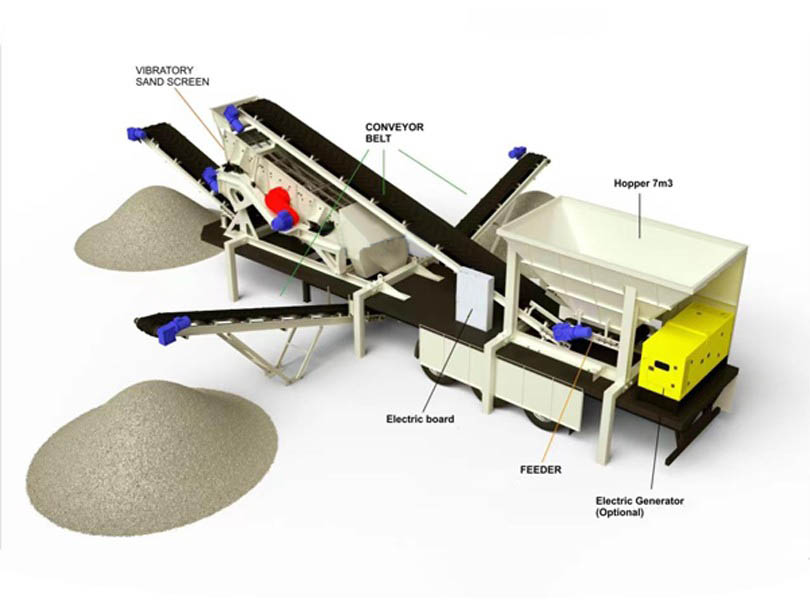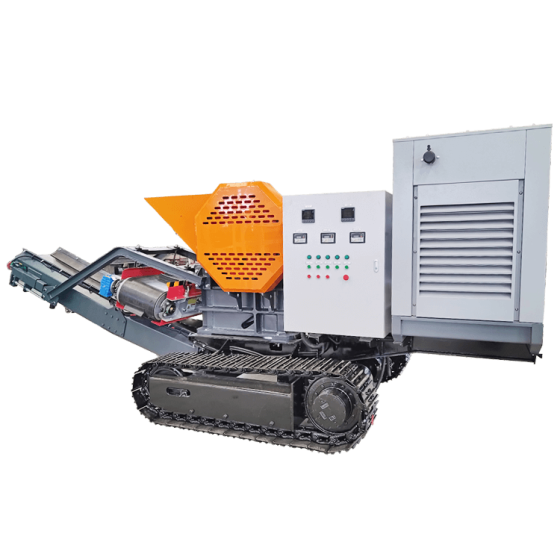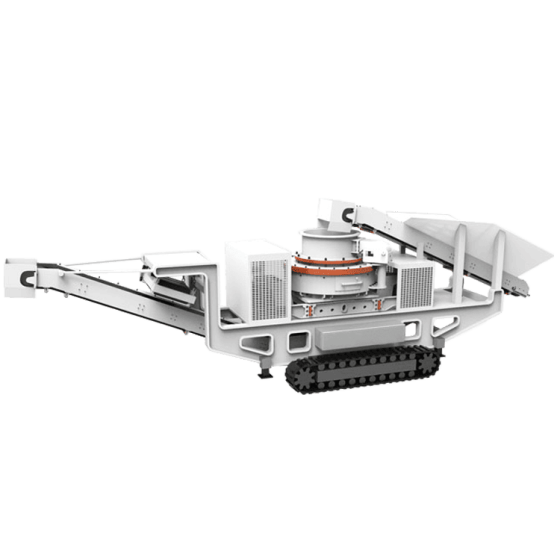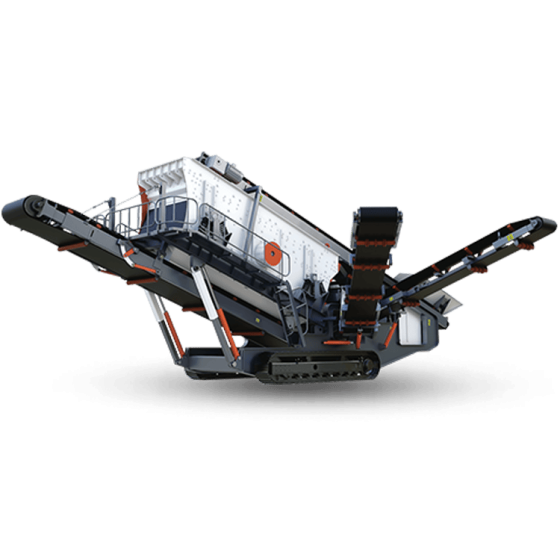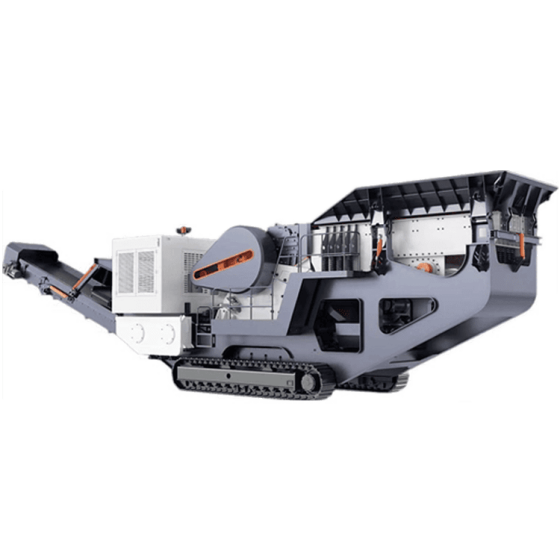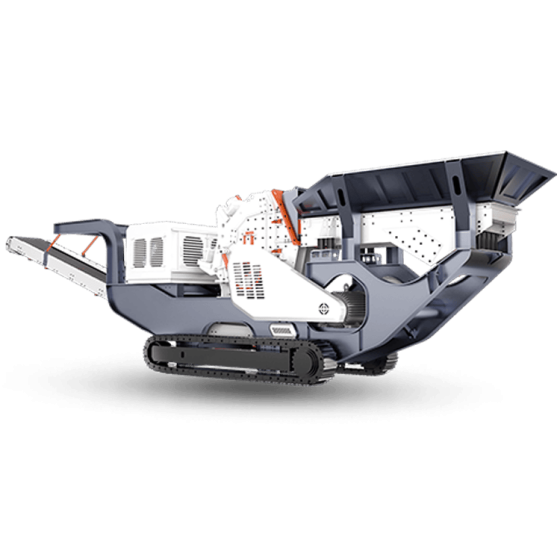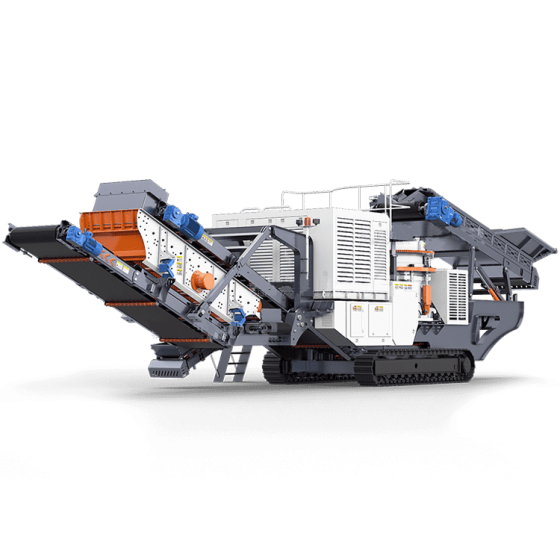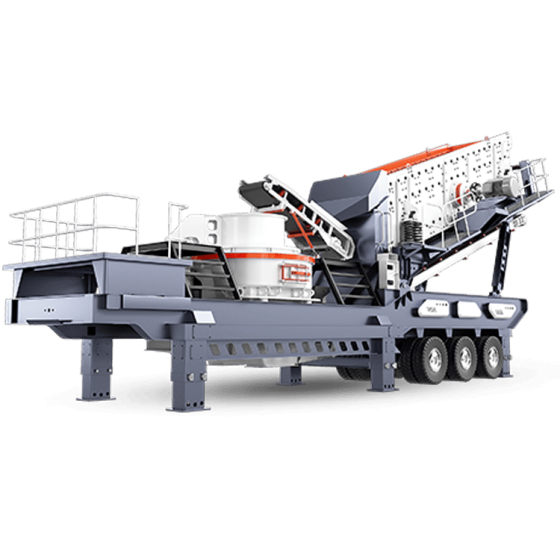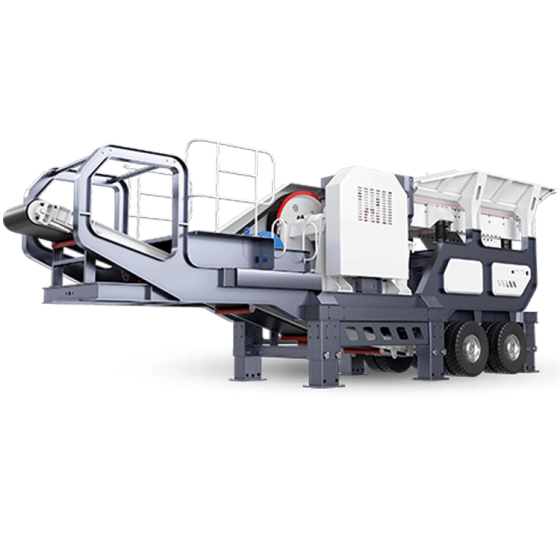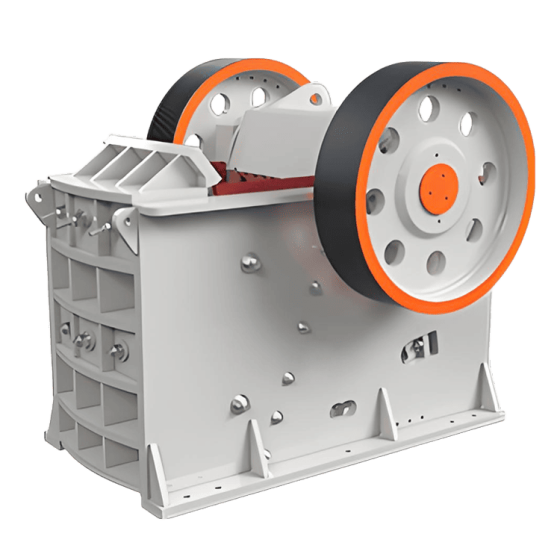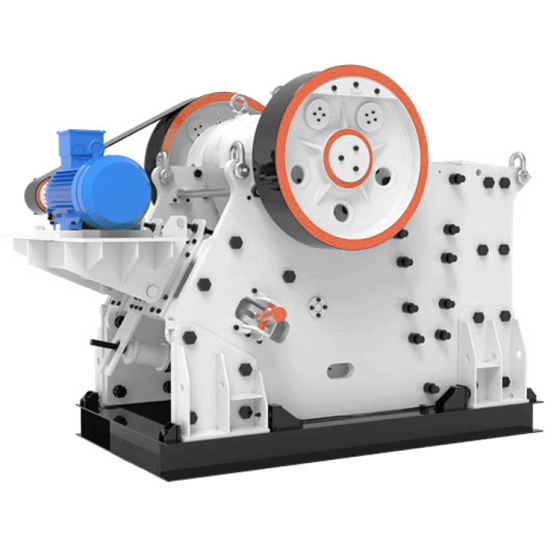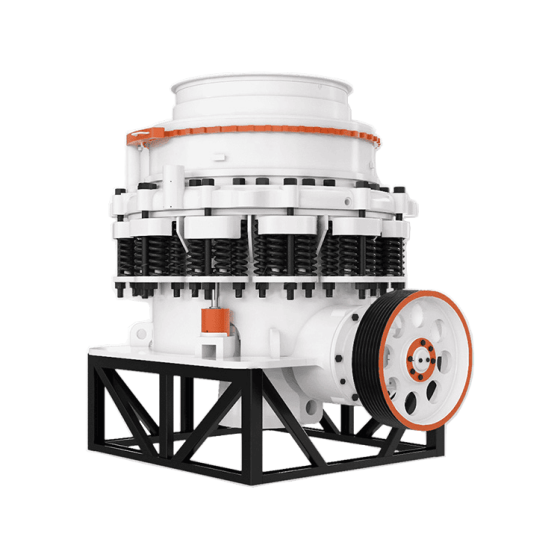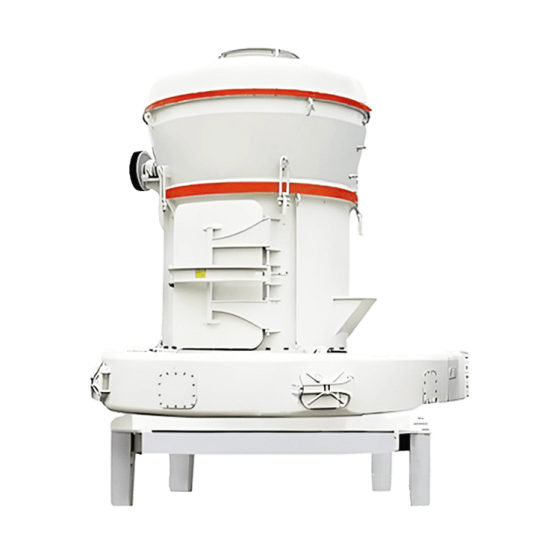Tyre Mobile Screening Plant is a mobile crushing and screening equipment that integrates material screening, grading and transportation functions. It is widely used in construction waste treatment, mining, sand and gravel aggregate production, soil remediation and other fields.
Its core feature is the rapid transfer and flexible deployment achieved through the tire chassis, which is suitable for scenarios with complex terrain or where the work site needs to be changed frequently.
Technical Features
1. High mobility
• It adopts a tire-type traveling mechanism, supports road traction and has a fast transfer speed, which is especially suitable for switching between multiple construction sites or operations in remote areas.
• No fixed foundation installation is required, reducing site preparation time.
2. Efficient screening capability
• The vibrating screen adopts an adjustable inclination design, with high screening efficiency and large processing capacity (usually 50-500 tons/hour).
• Circular vibrating screen, linear screen or multi-layer probability screen can be selected to adapt to different material characteristics (such as wet sticky materials or dry gravel).
3. Modular and flexible configuration
• It can form a mobile production line with jaw crusher, cone crusher, etc. to achieve integrated “crushing + screening” operation.
• The screen material (such as polyurethane, manganese steel) and aperture can be replaced according to needs to adapt to various screening standards.
4. Energy saving and environmental protection
• It is driven by a diesel generator set or an external power source, and its low noise and low emission design meets environmental protection requirements.
• Equipped with a spray system or dust removal device to reduce dust pollution during the screening process.
5. Intelligent control
• Integrated PLC control system to monitor equipment operating status (such as vibration frequency, temperature, current) in real time.
• Remote control operation is optional to improve safety and convenience.
6. Strong adaptability
• Suitable for complex terrain (such as slopes and muddy ground), the hydraulic outriggers automatically level to ensure stability.
• It can handle a variety of materials, such as construction waste, ore, soil, sand and gravel, etc.
Application Scenario
• Recycling of construction waste: Screening of concrete blocks, brick and tile fragments to separate reusable aggregates.
• Mining and quarrying: grading ore or stone to improve resource utilization.
• Soil remediation: Screening out pollutants or stones to purify the soil.
• Road construction: Rapid production of roadbed materials of different specifications.
 crusherfactory.com
crusherfactory.com


